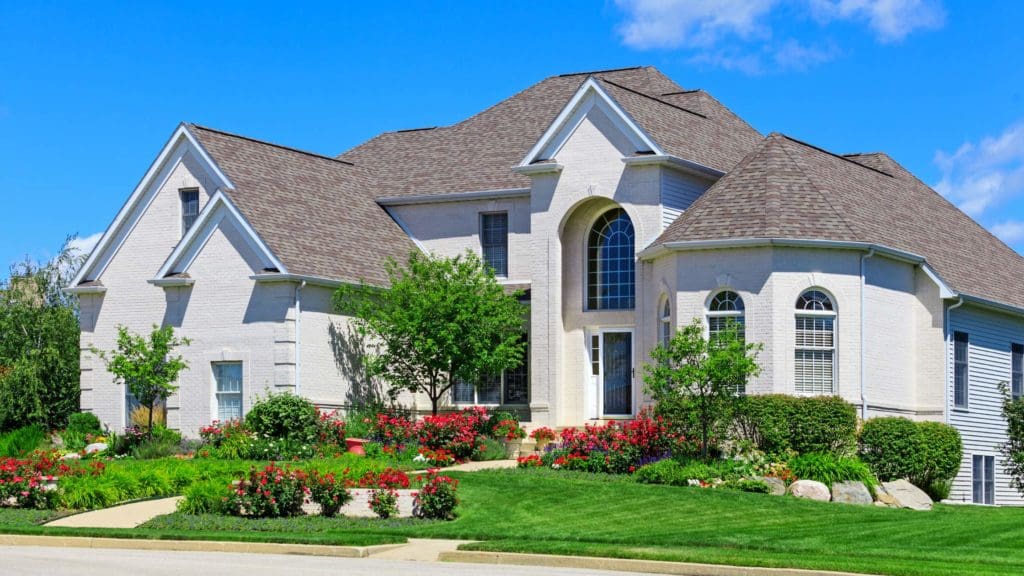For example, hairline cracks that develop during the drying process of new construction are perfectly normal. As well, small cracks could appear at expansion or construction joints as a result of normal settling of the home. In these situations, the cracks often turn out to be just a cosmetic issue, which is very easy to fix. Occasionally, however, one or more large cracks could develop in the foundation, walls, floors, and/or ceilings of newly built homes, indicating a structural problem that should be addressed without delay.
Non-Structural Cracks: Understanding Why and How They Develop
Green lumber, newly built concrete structures, and recently applied plaster and paints contain a high level of moisture, which gets trapped inside wall, floor, and ceiling systems. All that moisture will travel through walls, floors, and ceilings, following the path of least resistance to the exterior. As a result, various building materials and components will dry out naturally, within different time frames. However, when water evaporates too quickly due to high temperature or force-drying methods, the materials and components could shrink substantially, which may lead to small, superficial cracks. These cracks are typically referred to as shrinkage cracks.
Additionally, a home that weighs tens of thousands of pounds will settle gradually within the first few years after the construction process is complete. This process is commonly known as “normal settling”. When the soil is prepared properly, and the foundation is designed and built correctly, very little soil compaction will occur during the process. The subtle movement of the foundation due to slight soil compaction could cause a few small cracks, which are typically referred to as settlement cracks. Soil composition and embedded items, such as reinforcing steel, could also cause small cracks in new concrete foundations.
Thermal movement is another factor potentially leading to cracking in newly built homes. This movement is caused by the building materials and components, which expand and contract when subjected to fluctuations in temperature. Because the materials and components used in home construction expand and contract at different rates, small cracks could develop particularly where two or more materials meet. One way to control thermal movement and the location of cracks is to place expansion joints at regular intervals in floors and walls.
Structural Cracks and Their Underlying Causes
Differential settlement is the main factor responsible for structural cracks. This type of settlement indicates a condition in which a home’s foundation settles unevenly due to the non-uniform movement of the underlying soil. Because uneven settlement forces foundations to bend, it often causes horizontal or diagonal cracks, which start to show up on the exterior of the foundation. Over time, these cracks will affect other components, including walls, floors, and ceilings. Compared to the superficial cracks caused by the drying process, normal settling, and thermal movement, the structural cracks due to differential settlement are typically wider than one-quarter inch. In addition, to crack size, it’s essential to know that most vertical cracks aren’t related to structural problems, while horizontal, diagonal, and stair-step cracks typically signal structural damage.
Why Are Cracks Dangerous?
Although not all cracks are created equal, they’re dangerous. When wide cracks develop in your foundation and walls, they could become entryways for pests and even cause walls, ceilings, or floors to collapse. As well, a small crack could lead to water seepage and related damage. Therefore, if you’ve noticed any cracks in your foundation, walls, floor, or ceilings, make sure that you contact an expert for advice.
If foundation repair is necessary, the best solutions available nowadays are the driven concrete pier and pile guard pier systems. Because the piers are pushed to the maximum load-bearing weight, these systems automatically compensate the load, providing maximum slab support. Offering some very reliable, permanent foundation repair solutions that stabilize foundations, stop issues like foundation sinking and differential settlement, and prevent future problems that may affect the foundations built on clay soils, both systems are used frequently for repairs on all types of foundations in Houston and surrounding areas.
Understanding the differences between structural and non-structural cracks, and their underlying causes can help you determine when a crack is just a cosmetic issue and when it’s flagging a serious problem. If you still don’t know whether the cracks you’ve noticed in your newly built home are structural or non-structural, don’t hesitate to get in touch with our specialists. Besides assessing the condition of your new home and identifying any structural problems that may affect it, our experienced professionals will indicate all the steps that should be taken in order to get your home back in shape as soon as possible.

